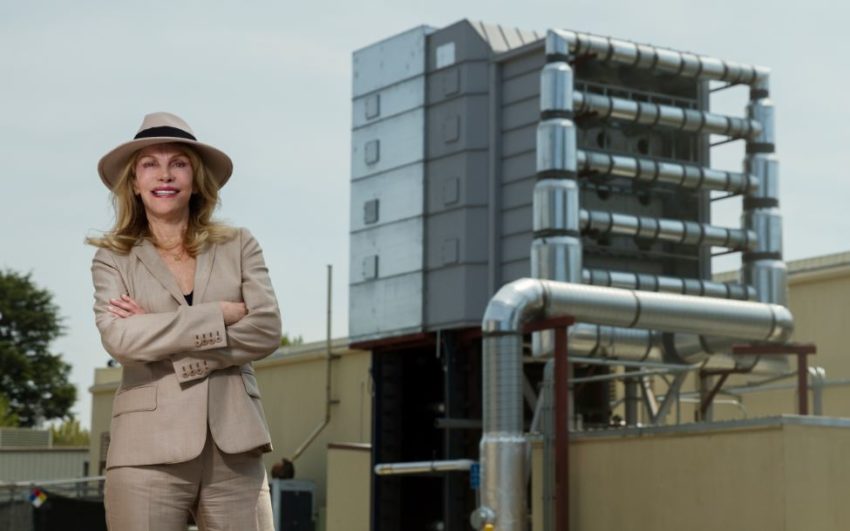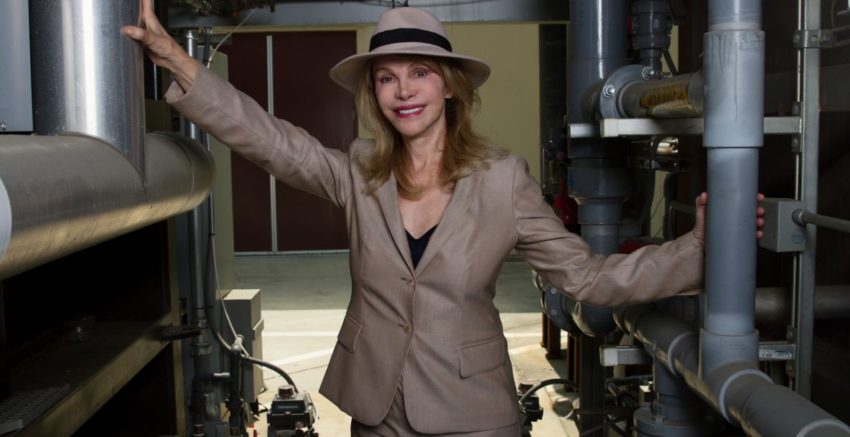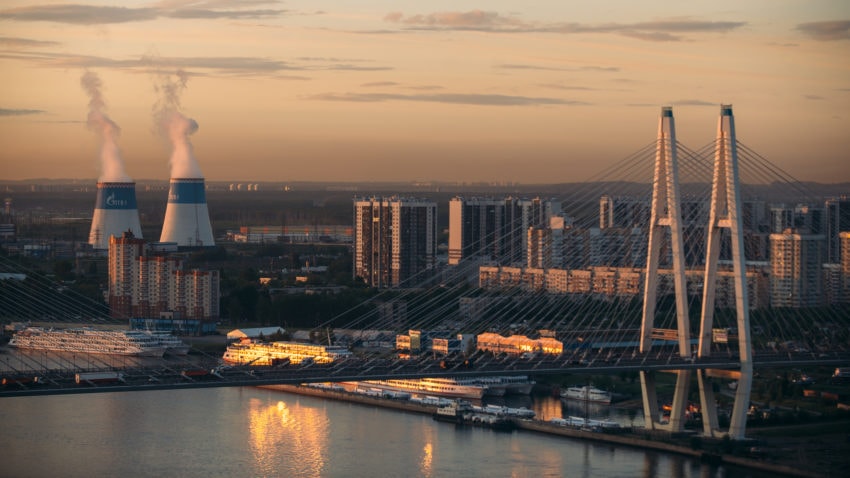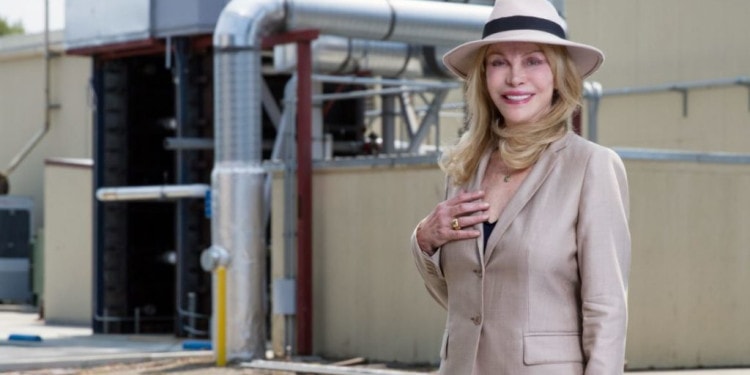The Global Thermostat was founded in 2010 by Graciela Chichilnisky and Peter Eisenberger. Chichilnisky has been called an A List Star economist by the Washington Post and a Hero of the Environment by Time Magazine; she is an Economist and a Mathematician professor at Columbia University and worked for many years with the United Nations where she was US Lead Author of the IPCC (Working Group III) who was given the Nobel Prize for its work on Climate Change and is the designer and the author of the Carbon Market of the UN Kyoto Protocol.
Peter Eisenberger is a famous material physicist who led global R&D for EXXON where he led the introduction of solar energy technology and was professor of physics and the founder of the Materials Institute at Princeton University, he founded the Earth Institute and was Vice Provost and is professor at Columbia University. Today we speak with Graciela Chichilnisky the CEO of the Global Thermostat.
Can you explain to our readers how the Global Thermostat work?
Graciela Chicilnisky: Global Thermostat technology is revolutionary and has 35 patents valid in 147 nation’s: it uses almost no electricity, it is powered mostly by residual low temperature heat (85C), and some water. It works by moving massive amounts of air through porous materials that are coated in proprietary amines (nitrogen based chemicals) that capture the CO2 from Air into their pores, and then removes the CO2 collecting it as 99,5% pure CO2 gas and restarting the process. The technology is extremely low cost so selling the CO2 for beverages, bio fertilizers, polymers, carbon fibers, water desalination, etc is commercially feasible and profitable. Existing Global Thermostat plants can be visited at SRI in Menlo Park Silicon Valley California and commercial users of the CO2 removed from Air include famous brands of soft beverage producers.

In the Photo: Graciela Chichilnisky outside the Global Thermostat. Photo Credit: Global Thermostat
What percentage of CO2 are you able to capture? In which contexts?
GC: We can capture millions of tons from Air and from the flue of power plants where the percentage is between 400 parts per Million and 7%. We capture CO2 from any volume of Air in the atmosphere and also from industrial emissions and any combination in between.
RELATED ARTICLES:
![]() No doubt about it: Climate Change is real
No doubt about it: Climate Change is real
by Dawn Reeves
![]() A Millennial View on Climate Change
A Millennial View on Climate Change
by Jessica Russel
![]() U.S. Action on Climate Change Will Continue
U.S. Action on Climate Change Will Continue
by Michael Brune
How far are you in your project? What is your timeline?
GC: We developed patented and demonstrated the technology and are right now commercializing it. We can remove sufficient CO2 from Air that we can reverse climate change and make massive profits at the same time.The recent bipartisan Future Act US law that passed on February 13th 2018, offers $35/ton tax incentives, this accelerating and zooming in the adoption of air capture of CO2; GT is the only US company that removes CO2 from pure Air as is required now to avert catastrophic climate change.
Are you planning to sell the Global Thermostat to companies to reduce their carbon footprint or to single countries?
GC: We are not doing either – our business model is to remove the CO2 from Air and sell it commercially at a profit for beverages, food, synthetic fuels, polymers, carbon fibers, desalinated water, biofertilizers, and a myriad other commercial uses.

In the Photo: Graciela Chichilnisky inside the Global Thermostat. Photo Credit: Global Thermostat
Do you believe that if the Global Thermostat spreads out around the world, it will be really possible to reverse global warming?
GC: Yes: to reverse climate change in addition to start to use clean energy sources we need.to build about 40,000 Global Thermostat plants each capturing about a million tons a year – or the equivalent – since humans emit about 36 gigaton a of CO2 per year. This will take over a decade to achieve, as far as removing CO2 from Air – however turning the existing power plant infrastructure – which is US$55 trillion worth – into clean sources of energy will take longer.
How do you see your companies five years from now? Do you have other environmentally friendly projects?
GC: We expect global adoption and we will favor scaling up in developing nations where most of the growth of the world economy will be located.














